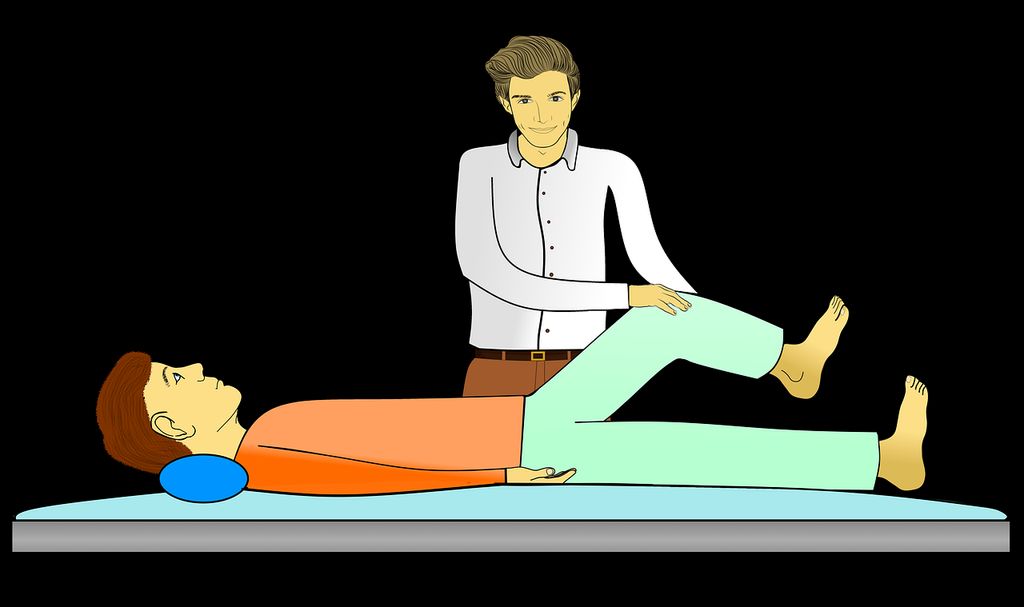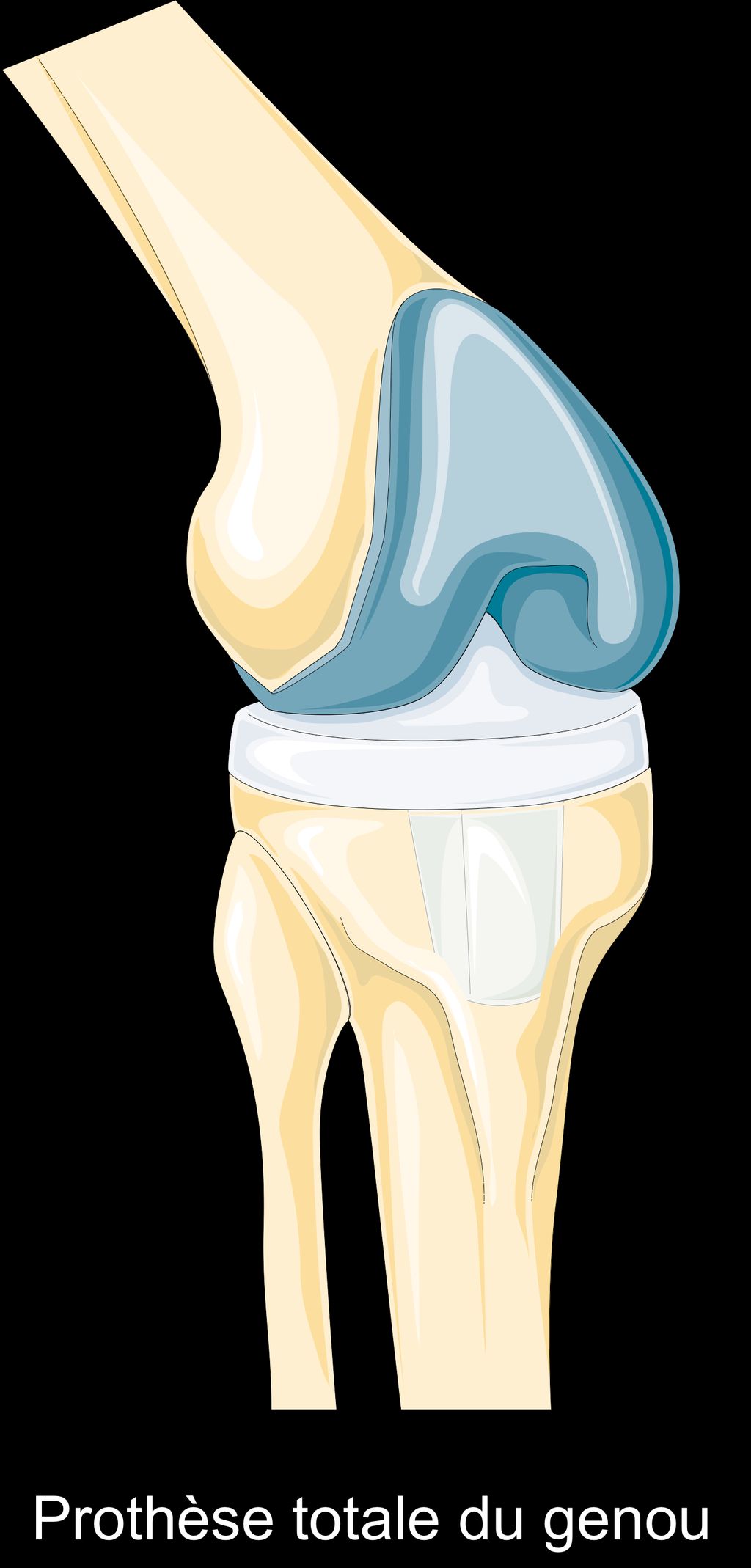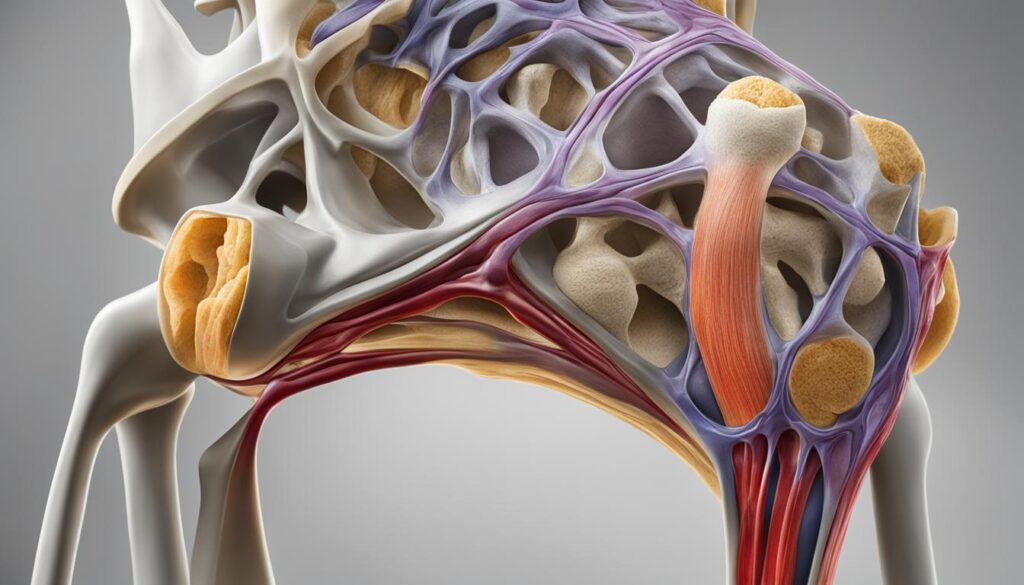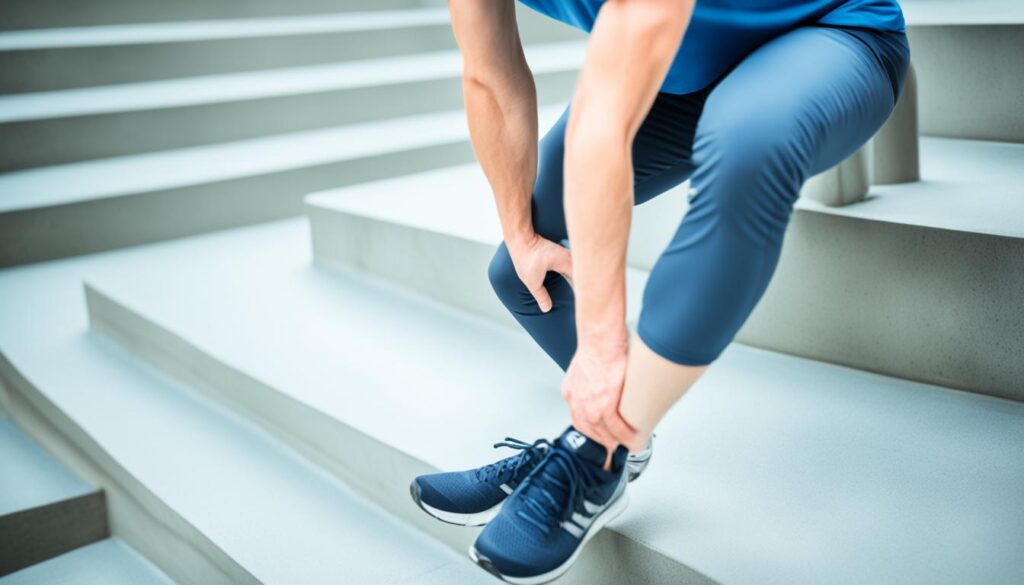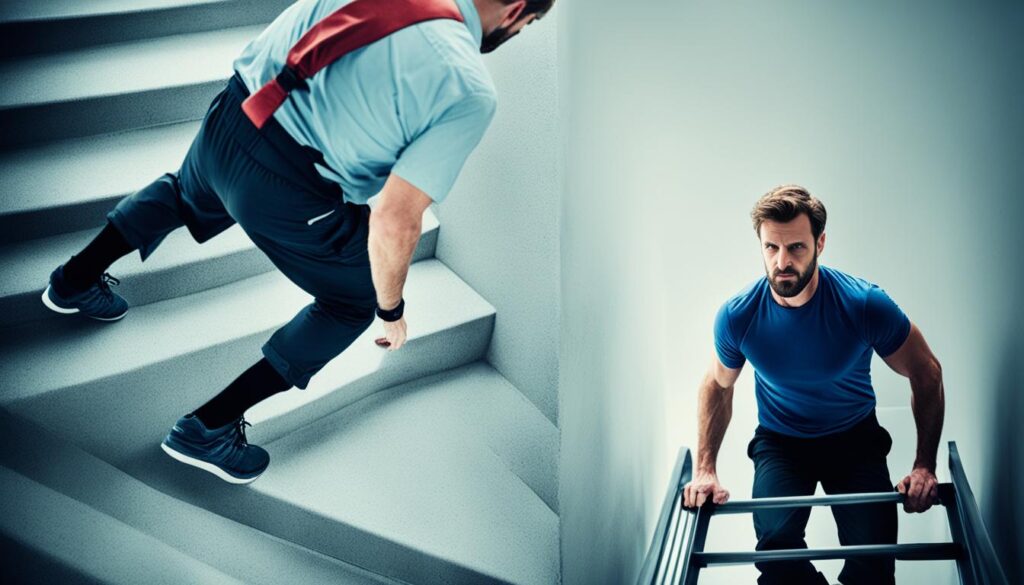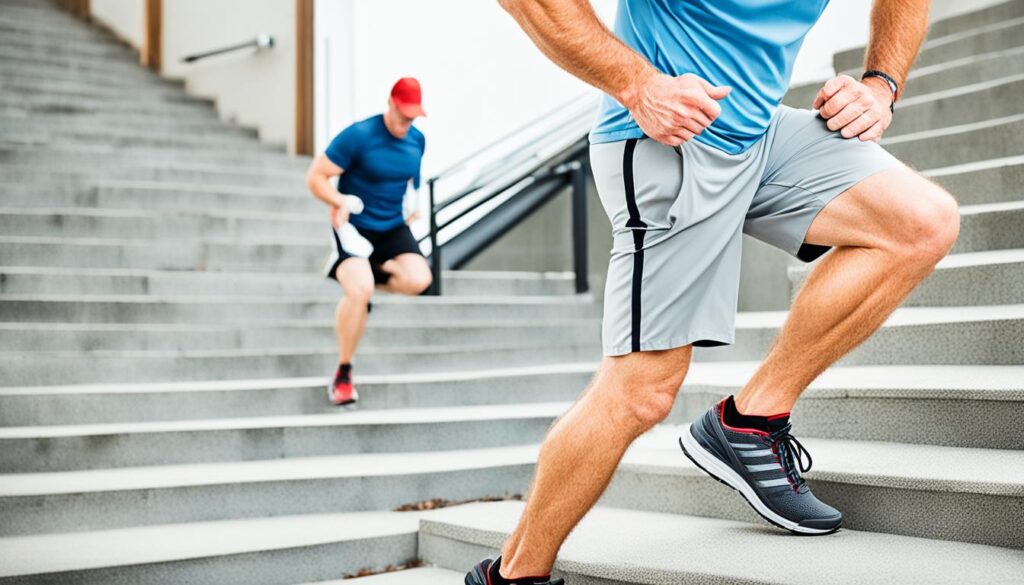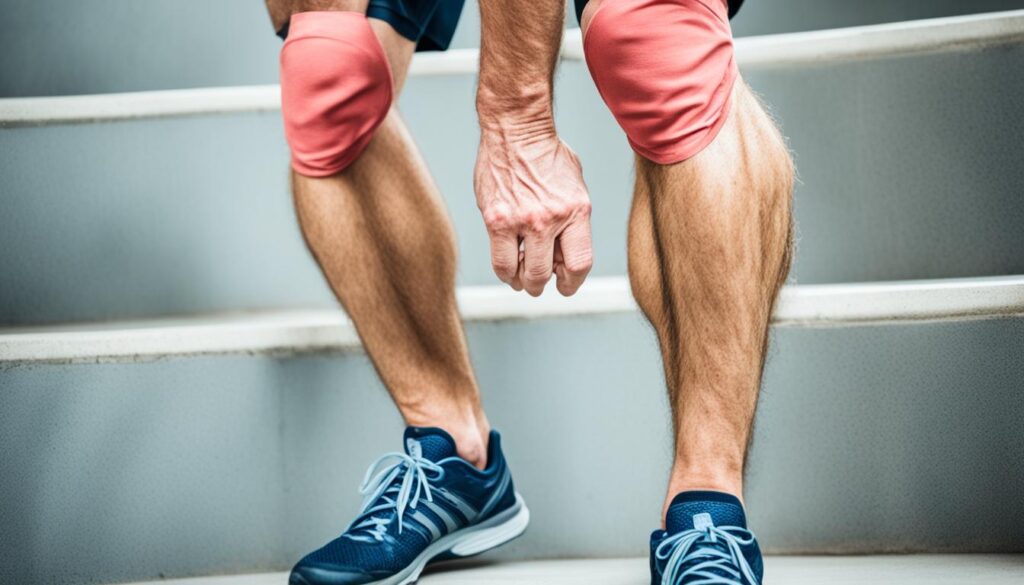Physiotherapy plays a crucial role in alleviating knee pain by focusing on rehabilitation and strengthening of the knee joint. This article explores the anatomy of the knee joint, the principles of physiotherapy for knee pain, and evidence-based approaches in physiotherapy interventions. Understanding the role of physiotherapy in knee pain management is essential for both patients and healthcare professionals.
Key Takeaways
- Physiotherapy focuses on rehabilitation and strengthening of the knee joint.
- Common knee injuries and conditions can be effectively managed through physiotherapy interventions.
- Research supports the effectiveness of physiotherapy in alleviating knee pain.
- Best practices and guidelines for physiotherapy interventions are essential for optimal patient outcomes.
- Understanding the anatomy of the knee joint is crucial for developing targeted physiotherapy interventions.
The Anatomy of the Knee Joint

Structure and Function of the Knee Joint
We understand the knee joint as a complex hinge that connects the thigh bone (femur) to the shin bone (tibia). Its primary role is to allow for the bending and straightening of the leg, which is essential for basic movements such as walking, running, and jumping. The knee joint is supported by a network of ligaments, tendons, and muscles that work in harmony to maintain stability and facilitate motion.
The menisci are two crescent-shaped cartilages that lie between the femur and tibia, acting as shock absorbers and aiding in load distribution. The knee’s stability is further enhanced by the anterior and posterior cruciate ligaments, which prevent the femur and tibia from sliding out of alignment.
Tip: Regular low-impact exercises can help maintain knee joint flexibility and strength, potentially reducing the risk of injury.
Understanding the intricacies of knee joint anatomy is crucial for identifying the root causes of knee pain and implementing effective physiotherapy interventions. We emphasize the importance of a personalized approach, as each individual’s knee structure and pain experience can vary significantly.
Common Knee Injuries and Conditions
In our exploration of knee health, we recognize a variety of injuries and conditions that commonly afflict this joint. Traumatic knee injuries such as anterior cruciate ligament (ACL) tears, meniscus tears, and fractures can severely impact an individual’s range of motion and overall knee function. These conditions often arise from sports, accidents, or age-related wear and tear.
Osteoarthritis is another prevalent condition, characterized by the degeneration of joint cartilage and underlying bone, leading to pain and stiffness. Patellofemoral pain syndrome, also known as runner’s knee, is a condition that causes pain around the front of the knee and is often seen in athletes.
Tip: Early intervention with appropriate knee pain management techniques can significantly improve outcomes for those suffering from knee conditions.
To quantify the impact of these conditions, clinicians may measure the range of motion using a goniometer. This assessment helps in tailoring rehabilitation programs to the individual’s needs. Here’s a brief overview of common knee conditions:
- ACL damage
- Meniscus tears
- Fractures
- Osteoarthritis
- Patellofemoral pain syndrome
The Role of Physiotherapy in Knee Pain Management

Principles of Physiotherapy for Knee Pain
In our practice, we emphasize the importance of individualized treatment plans tailored to each patient’s unique needs and circumstances. This approach allows us to address the specific biomechanical and functional deficits that contribute to knee pain. Additionally, we utilize a combination of manual therapy, therapeutic exercises, and neuromuscular re-education to optimize outcomes for our patients. Our goal is to empower individuals to actively participate in their recovery process and regain functional independence.
- Implement a table for presenting structured, quantitative data. Ensure it’s succinct and formatted correctly in Markdown.
- Use a bulleted or numbered list for less structured content, like steps, qualitative points, or a series of related items.
Rehabilitation Techniques for Knee Pain
After assessing the patient’s condition, individualized rehabilitation programs are designed to address specific needs and goals. These programs may include a combination of strengthening exercises, flexibility training, and functional movements to improve knee stability and mobility. Additionally, manual therapy techniques such as soft tissue mobilization and joint mobilization are employed to enhance tissue healing and reduce pain. Patients are educated on proper body mechanics and movement patterns to prevent further injury and promote long-term recovery. Progressive loading and weight-bearing exercises are gradually introduced to improve muscle strength and endurance. A multidisciplinary approach involving the collaboration of physiotherapists, orthopedic surgeons, and other healthcare professionals ensures comprehensive care and optimal outcomes for patients with knee pain.
Evidence-Based Approaches in Physiotherapy for Knee Pain
Research on the Effectiveness of Physiotherapy for Knee Pain
In our exploration of the effectiveness of physiotherapy for knee pain, we have encountered a wealth of clinical evidence supporting its role as a cornerstone in the management of knee conditions. Physiotherapy interventions, tailored to individual needs, have been shown to significantly improve pain levels, functional mobility, and overall quality of life for patients suffering from various knee ailments.
One of the key findings from our research is the positive impact of physiotherapy on patients with osteoarthritis of the knee. A structured physiotherapy regimen focusing on strength, stability, and mobility can enhance joint integrity and promote better joint function. This is particularly relevant for those seeking non-surgical options to manage their symptoms.
Tip: Early intervention with physiotherapy can prevent the progression of knee pain and may reduce the need for more invasive treatments in the future.
The following table summarizes the outcomes of several studies that have evaluated the efficacy of physiotherapy interventions for knee pain:
| Study | Improvement in Pain | Improvement in Function |
|---|---|---|
| A | Significant | Moderate |
| B | Moderate | Significant |
| C | Mild | Mild |
These results underscore the importance of incorporating physiotherapy into treatment plans for knee pain. It is essential for healthcare providers to remain abreast of the latest research to ensure that patients receive the most effective care based on current evidence.
Best Practices and Guidelines for Physiotherapy Interventions
In our practice, we adhere to the best practices and guidelines that have been established through rigorous research and consensus among experts in the field. These guidelines serve as a beacon, guiding our interventions to ensure that each patient receives the most effective and safe treatment for their knee pain.
Evidence-based practice is at the core of our approach, integrating clinical expertise with the best available evidence and patient values. To this end, we consistently apply the following principles:
- Comprehensive assessment of the patient’s condition
- Individualized treatment plans based on assessment findings
- Application of manual therapy techniques as indicated
- Use of therapeutic exercises tailored to the patient’s needs
- Continuous evaluation and adjustment of the treatment plan
Tip: Always consider the patient’s feedback and pain levels when planning and adjusting treatment interventions. This not only ensures a patient-centered approach but also enhances the effectiveness of the therapy.
We recognize that staying updated with the latest research and adapting to new best practices is essential for the continuous improvement of patient outcomes. Therefore, we are committed to ongoing education and professional development in the field of physiotherapy.
Conclusion
In conclusion, physiotherapy plays a crucial role in alleviating knee pain and improving the overall quality of life for individuals suffering from this condition. Through a combination of targeted exercises, manual therapy, and patient education, physiotherapists are able to address the underlying causes of knee pain and facilitate the recovery process. The evidence supporting the effectiveness of physiotherapy in managing knee pain is compelling, and its integration into comprehensive treatment plans is essential for optimal patient outcomes. As research continues to advance in this field, the role of physiotherapy in addressing knee pain will undoubtedly remain a cornerstone of non-invasive, holistic care.
Frequently Asked Questions
What is the role of physiotherapy in treating knee pain?
Physiotherapy plays a crucial role in treating knee pain by addressing the underlying causes, improving strength and flexibility, and promoting overall knee health.
Can physiotherapy help with knee injuries such as ACL tears or meniscus tears?
Yes, physiotherapy can be highly effective in rehabilitating knee injuries such as ACL tears and meniscus tears through targeted exercises and rehabilitation techniques.
How long does it take to see improvement in knee pain with physiotherapy?
The timeline for improvement in knee pain with physiotherapy varies depending on the severity of the condition, individual response to treatment, and adherence to the prescribed rehabilitation program.
Are there specific exercises that can help alleviate knee pain?
Yes, physiotherapists can recommend specific exercises tailored to the individual’s condition, such as strengthening exercises, range of motion exercises, and functional movements to alleviate knee pain.
Is physiotherapy a suitable option for chronic knee pain?
Physiotherapy can be an effective option for managing chronic knee pain by addressing the underlying factors contributing to the pain and improving overall knee function and mobility.
What are the key principles of physiotherapy for knee pain management?
The key principles of physiotherapy for knee pain management include pain relief, strengthening and stabilizing the knee joint, improving flexibility, and promoting functional recovery.
